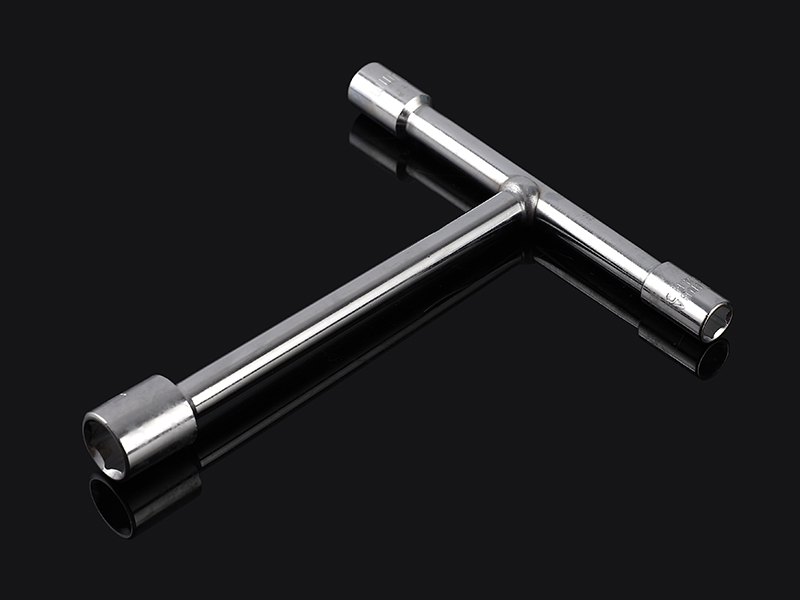

The flywheel wrench common and most common wrenches are […]
The flywheel wrench common and most common wrenches are classified into the following nine types: Open wrench: One or both ends have a fixed size opening for screwing a certain size of nut or bolt. Torx wrench: Both ends have a hexagonal hole or twelve The working end of the corner hole is suitable for occasions where the working space is narrow and ordinary wrenches cannot be used.Dual-purpose wrench: one end is the same as a single-head open wrench, the other end is the same as a torx wrench, both ends are screwed to the same specification of bolts or nuts.

Adjustable wrench: the opening width can be adjusted within a certain size range, and it can be turned to different specifications Bolt or nut.Hook wrench: also known as crescent wrench, used to turn flat nuts with restricted thickness, etc. 6. Socket wrench: It consists of multiple sockets with hexagonal holes or twelve-angle holes and is equipped with handles and connectors. It is composed of various accessories such as rods, and is especially suitable for screwing bolts or nuts with very narrow positions or deep recesses.
Allen wrench: L-shaped hexagonal rod wrench, dedicated to screwing Allen screws. Type of Allen wrench It is based on the size of the opposite side of the hexagon, and the size of the bolt has national standards. It is specially used for tightening or disassembling round nuts on machine tools, vehicles, and mechanical equipment. Torque wrench: It is used when screwing bolts or nuts.
It can display the applied torque; or when the applied torque reaches the specified value, it will emit a light or sound signal. Torque wrenches are suitable for installations that have clearly specified torque.Cross wrench: Cross wrenches are usually made with clamps on one or both ends of the handle. The handle is applied with external force, and the bolt or nut can be turned to hold the opening or sleeve of the bolt or nut. When in use, an external force is applied to the shank along the thread rotation direction, and the bolt or nut can be turned.